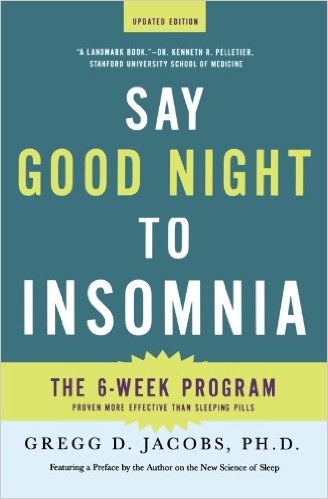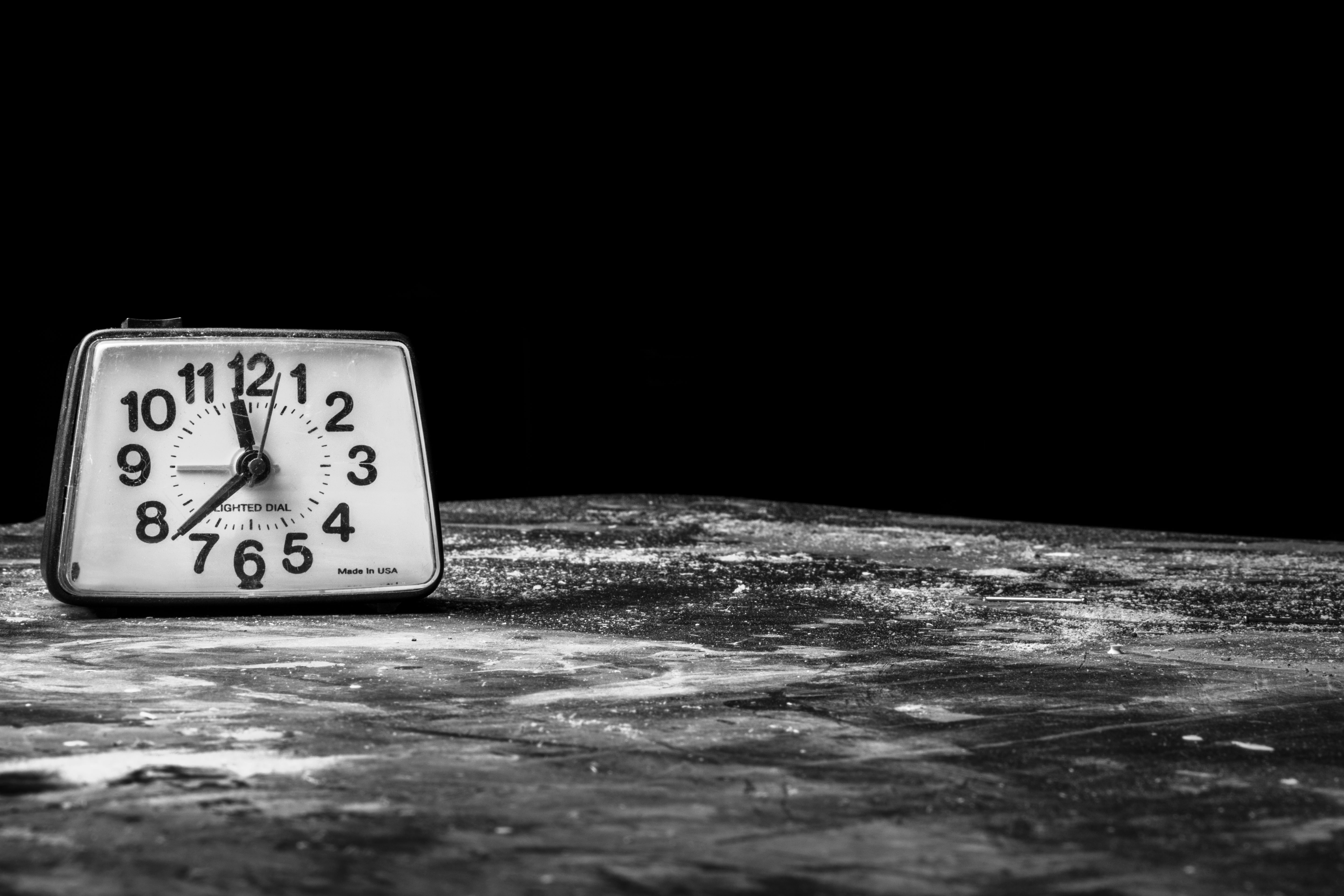Dr. Gregg D. Jacobs outlines a detailed six week program for improving sleep and eliminating insomnia in Say Good Night to Insomnia. The most accurate description of this book is simply, “effective.” If you’re willing to engage in the programming as prescribed in the book, it is highly likely that your quality and/or quantity of sleep will change in the desired direction. I’d like to say the book was engaging and compelling…an interesting read, but I can’t. Dr. Jacobs lead-up to the program includes rather dry sections on “The New State of Sleep Science”, “Some Basic Facts About Sleep and Insomnia”, and “How I Developed the Program.” I absolutely love a solid explanation of the science and research involved in any intervention I’m trying myself or I’m recommending for clients. That information, however, needs to be delivered with a little zest and color when aimed at a general audience. Here…it was not.

All criticism aside, I am impressed with the structure and guidance provided by the author. The six-week program involves an evidence based protocol including written assignments, ongoing assessment, and daily “homework” necessary to succeed. Through various exercises, thoughts and behaviors pertaining to sleep are systematically altered to support healthy sleep habits. The author does a great job recognizing and addressing mental and emotional aspects of sleep difficulties. The program goes well beyond simple suggestions such as ensuring your sleep environment is dark and quiet (thought is does review those strategies as well). It helps the reader unpack the negative thinking patterns and uncomfortable emotions that maintain poor sleep habits. Regardless of how tired you are or how badly you want to fall asleep, thoughts like “I’ll never fall asleep” and “I’m going to be wrecked all day tomorrow if I don’t fall asleep right now” only serve to exacerbate stress and insomnia. Dr. Jacobs uses fundamental strategies from cognitive-behavioral therapy to support participants in identifying and replacing unhelpful thoughts and behaviors with helpful thoughts and behaviors. Cultivating the ability to relax throughout the day as well as when trying to sleep also becomes a priority in the attempt to find that elusive rest when you really need it.
If you’re interested in the ins-and-out of sleep science research and protocol development, start on page one and enjoy the ride. If you really just need a concrete plan for sleeping better, start on page 70 and be prepared to commit some time and effort to changing your sleep habits. This is a hands-on, experiential intervention, so don’t expect to simply gain some knowledge then start sleeping better. Do the work, and you’ll be sleeping soundly before you know it (or at least at the end of six weeks).



